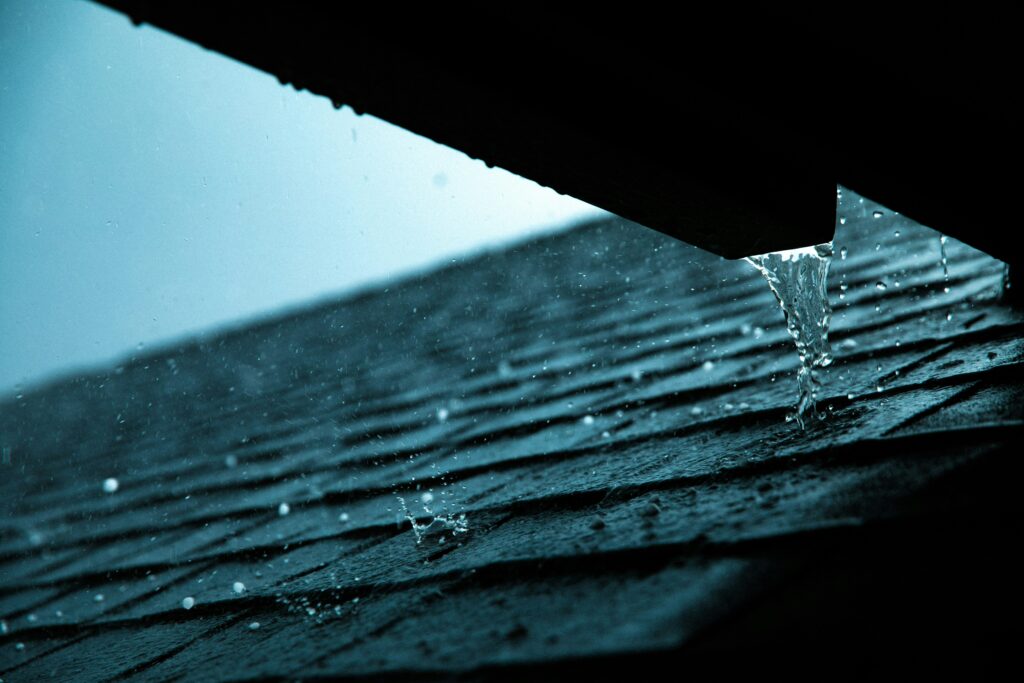Nothing feels more helpless than watching the destructive power of nature at work during a storm or natural disaster. With the dramatic and volatile weather that we’ve been experiencing locally and around the region in recent months, insurance adjusters and home repair professionals have been busier than ever.
At HomeWise Roofing and Exteriors, we are frequently asked about one insidious demolition agent in particular, one with the power to break windows, breach roofs’ waterproofing protection, and make a mess of gardens and landscaping. The villain is hail.
If these icy little wrecking balls have visited your home any time in the recent past, your home is at risk for potentially costly damage. Let us help you know what to look for and how to find the help you need to restore what hail damage did to your home. Of course, your safety is paramount, so consider having your insurance company’s professional adjuster come out and look at roofs and gables or other hard-to-access places.
Roofs
With their vulnerability to the elements, the roof is an obvious place to inspect for hail damage. Don’t be lulled into thinking that everywhere under the roof is sheltered and safe. If it’s part of the exterior of your home, hail can impact it, especially if the wind is blowing hard during the storm.
Depending on the type of roof you have, hail damage can look a little different. A metal roof may now have the divoted surface of a golf ball, whereas asphalt shingled roofs may have cracks, tears, or even parts of shingles torn away. Water has what seems an almost supernatural ability to find those tiny cracks and holes and move right in. Small holes may not seem a big deal at first, as they may go completely undetected until you’ve got major water damage.
Upon the roof, other elements are also susceptible to hail damage. Solar panels, vents, and your chimney can all take a beating, making them unable to function as they ought or giving access to water.

Windows
All of the exterior components of your windows are vulnerable: glass, frames, glazing, and screens. Small cracks or holes from the hail can lead to big problems. In the short term, cover any holes you find so that your home is protected from invading water or pests.
Air Conditioner
Your AC’s condenser unit, situated in the open outside your home, is also extremely vulnerable. Hail damage can reduce function, break essential components, and leave you sweating uncomfortably through the hottest part of the year. Even if the fan blades are simply bent, your unit will have to work harder to provide your home with the coolness you crave, and that elevates your power bill quickly.
Gutters and Siding
Damaged gutters leak. Leaks lead to water damage. Replacing damaged eaves is time-consuming and expensive. Check your gutters carefully, even turning on a hose and running water through them to see if any escapes. This will help you start identifying where leaks lie.
Vinyl siding is also susceptible to hail damage. Ricocheting or windblown ice chunks can penetrate the siding and leave holes in it…just the sort of “open house” announcement all the outdoor creepy crawlies need to set up residence behind your walls.
Other Structures
Remember, if precipitation can get to it, the structure is susceptible to hail damage. Sheds, pergolas, screened porches, pool houses, and any other buildings on your property may have sustained damage in the last hail storm. Look for dents, cracks, broken pieces here, just as thoroughly as you would for your house.
Repairs
The first step to repairing the hail damage on your property is getting in touch with your insurance company. They will send out an adjuster to look at the damage. If hail is determined to be the culprit, your homeowner’s policy will likely cover a portion of the repair expenses.
As you make decisions about how to repair your home, consider stronger, sturdier elements than what you had before. Impact-resistant glass is available for your windows, reducing the likelihood of them getting broken again in the future. Consider carefully the type of roof you want on your house. A metal roof has greater strength and durability than most other types, but some asphalt shingle roofs can be built with weather-resistant strength. Spending a little extra on quality products now can save you considerable costs and headaches the next time a massive storm rolls through the area.
Finally, finding the right home repair team to restore your home makes the difference between a job well done and one that requires a “do-over.” At HomeWise Roofing and Exteriors, we use the highest quality products available for home exteriors, and we take pride in treating our customers’ homes with as much care and excellence as if they were our own. When you’re ready to restore your hail-damaged home, give us a call. We’ll have your home as good as new in no time.



